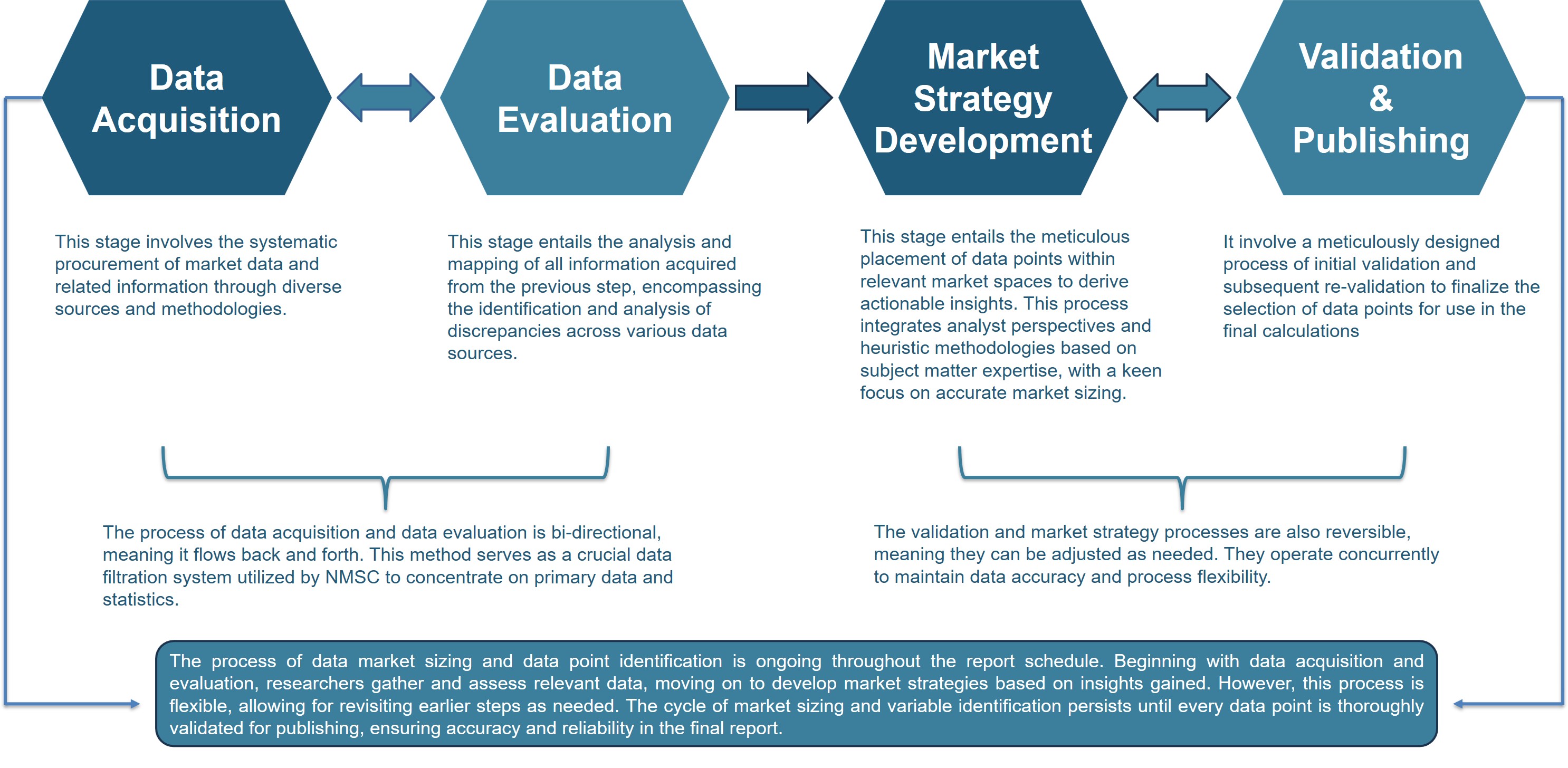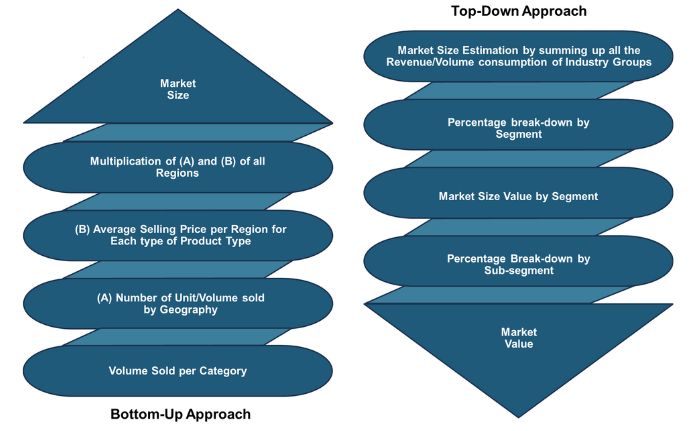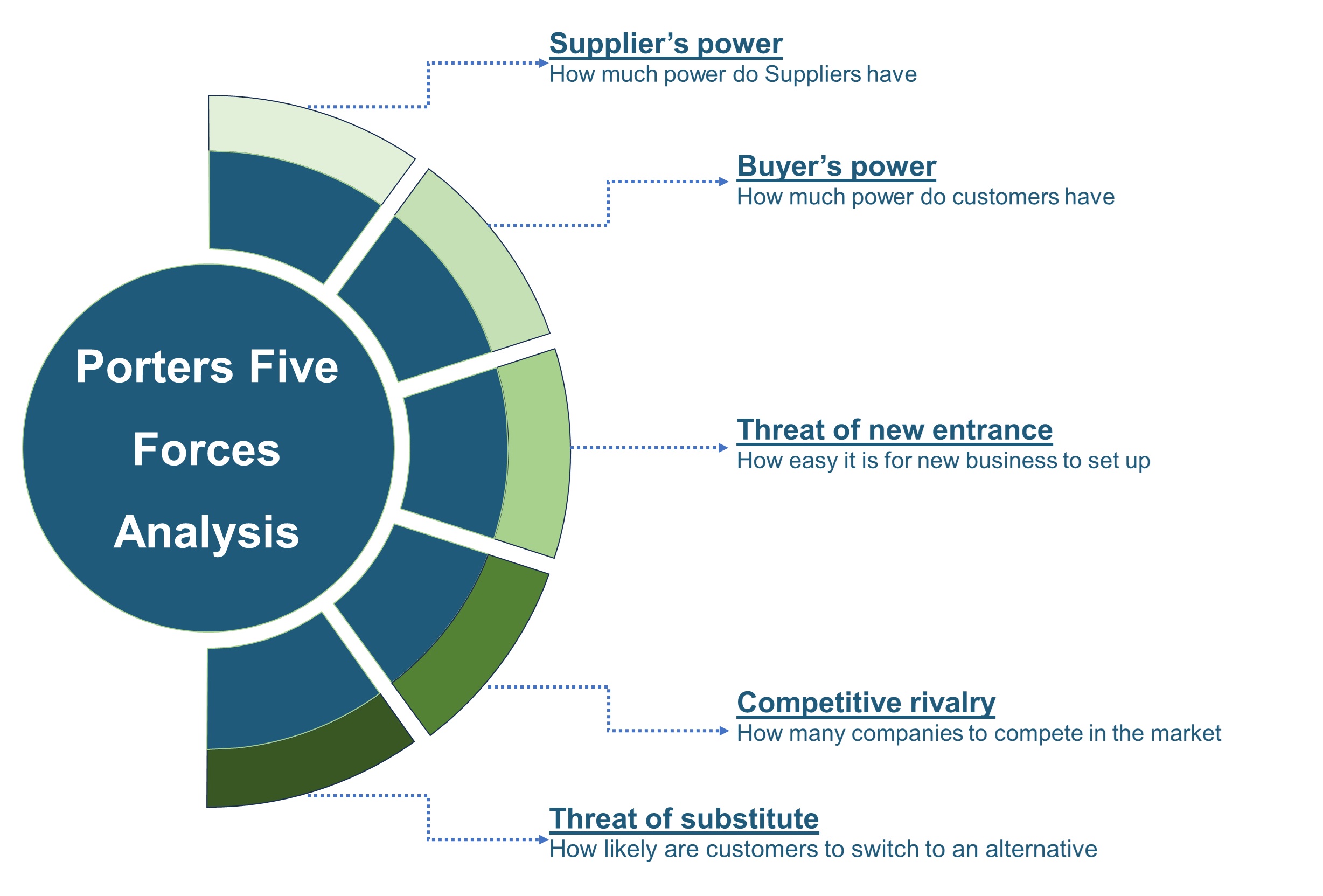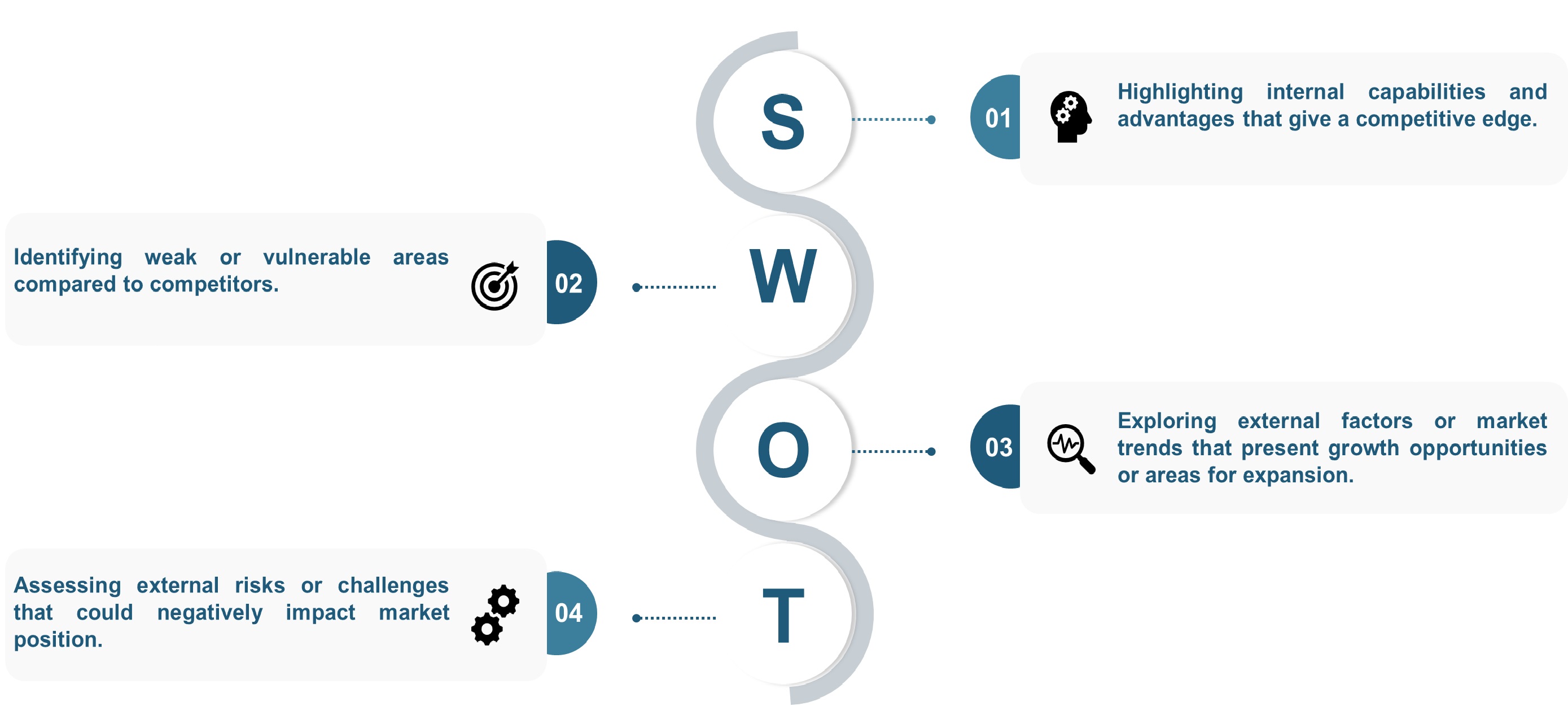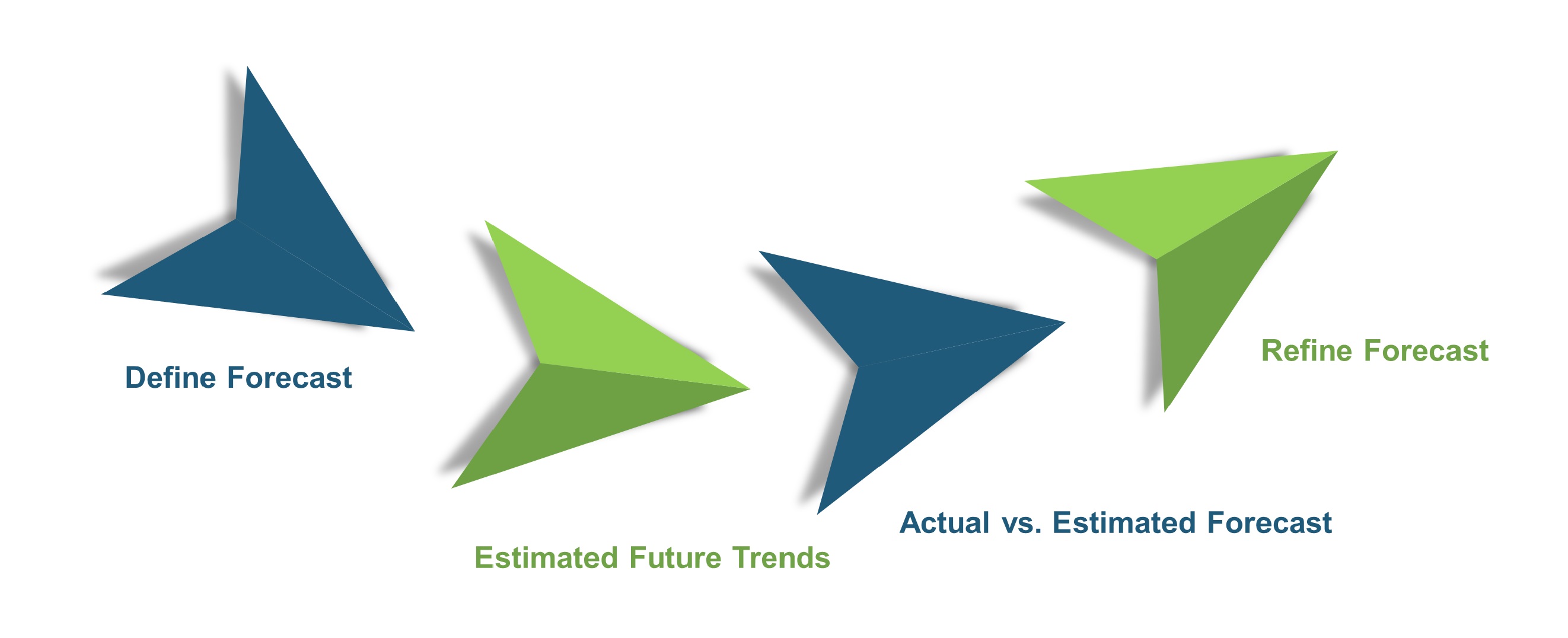
Real Estate Market by Property Type (Residential Buildings & Dwellings, Commercial Complexes, Industrial Infrastructure, and Government Infrastructure), and by Business (Sales, Rental, and Lease) – Global Opportunity Analysis and Industry Forecast, 2024–2030
Industry: Construction & Manufacturing | Publish Date: 29-Jan-2024 | No of Pages: 246 | No. of Tables: 162 | No. of Figures: 127 | Format: PDF | Report Code : N/A
Market Overview
The global Real Estate Market size was valued at USD 9.8 trillion in 2023, and is predicted to reach USD 14.54 trillion by 2030, at a CAGR of 5.8% from 2024 to 2030. Simply put, real estate encompasses a diverse range of tangible properties, including homes, commercial spaces, and land that serve as the foundation of where people live, work, and invest. Residential real estate offers the comfort of homes and apartments, while commercial real estate provides operational spaces for businesses.
Land, on the other hand, holds potential for development or future investment. Real estate is a dynamic market influenced by factors such as the economy and population growth, which impact its value and demand. It plays a vital role in people’s lives and the economy and offers opportunities for homeownership, business establishment, and wealth accumulation, making it a significant area of interest for several individuals and businesses alike.
The Growing Urbanization Across the Globe Drives the Market Growth
The increasing trend of urbanization worldwide is driving significant growth in the real estate market. As increasingly more individuals seek better opportunities and living conditions in urban areas, there is a growing need for homes, office spaces, and infrastructure development. According to the latest report from the United Nations' Department of Economic and Social Affairs, more than 55% of the world's population currently resides in urban areas, and this is expected to reach 68% by 2050.
This shift to urban living is a significant driver of growth in the real estate market. As more people move to cities in search of better economic prospects and improved living conditions, the demand for urban properties and commercial spaces continues to rise, thereby driving the growth of the market.
Rapidly Growing Population Across the Globe Drives the Market Expansion
The growing population across the globe is driving the demand for housing and infrastructure, thereby boosting the real estate market. As the population continues to rise, the demand for infrastructure, such as housing, offices, and commercial spaces, has been surging. This presents a significant opportunity for real estate developers and investors.
According to a recent report by the United Nations Population Fund, the global population growth from 7 billion in 2011 to 8 billion in 2022 carries significant implications for the real estate market. A significant increase in the population worldwide not only drives the demand for more houses, but also emphasizes the vital importance of robust and adaptable infrastructure, including transportation, utilities, and public services, thereby propelling the real estate market's growth.
Government Policies and Economic Factors Hinder the Market Growth
Government policies and regulations, including tax structures and zoning rules, alongside economic uncertainties such as recessions, are the primary factors constraining the growth of the real estate market. These influential elements determine the property values, development opportunities, and investor confidence, thereby making it crucial for real estate professionals to adapt and strategize in accordance with these dynamics, which can significantly impact the market's trajectory.
Rising Smart City and Sustainable Development Projects Across the Globe Create Market Opportunities
The growing number of smart cities and sustainable development projects worldwide is expected to provide ample opportunities in the real estate market in the coming years. These projects focus on creating eco-friendly, tech-savvy urban environments that enhance the quality of life.
As cities face issues of energy efficiency and infrastructure, the real estate sector benefits from constructing environmentally friendly, technologically advanced properties. This trend not only addresses pressing global challenges but also offers a promising future for real estate investors and developers to prosper in a world increasingly focused on sustainability and technology.
Asia-Pacific Dominates the Real Estate Market
The rapid population growth in countries, such as India, China, and Indonesia, is a key driver of real estate market in the Asia-Pacific region. As increasingly more people seek homes and infrastructure, the demand for both residential and commercial properties has been on the rise in this region. This growing demand for properties drives real estate innovation and adaptation and leads to growing emphasis on constructing sustainable and eco-friendly properties, thereby driving the growth of the market in this region.
According to the latest report from the Center of Strategic & International Studies, India has surpassed China as the most populous country in the world in 2023. With this significant increase in population in the region, there is a growing demand for housing and public infrastructure, which drives the expansion of the real estate market in this area.
Moreover, Asia is currently witnessing a substantial transition from rural to urban living, a trend that is fueling the demand for commercial real estate. As more people migrate from rural to urban areas, there is a growing demand for commercial real estate. Businesses and consumers are eyeing these urban hubs, thereby driving the need for office spaces and retail centers. This urbanization-driven demand for commercial properties presents a notable opportunity for real estate developers and investors, which boosts the overall growth of the real estate market in the region.
According to the latest report published by the Central Intelligence Agency, the rate of urbanization in numerous Asian countries, such as China, India, Indonesia, reached 1.78%, 2.33%, and 1.99% respectively. This surge in urbanization, with increasingly more people relocating to cities, has generated substantial demand for real estate properties, thus fueling the growth of the real estate market.
North America is Expected to Show Steady Growth in the Real Estate Market
The increasing government investment in construction and infrastructure development across North American nations, such as the U.S., Canada, and Mexico, is propelling the growth of the real estate market in this region. These substantial investments in a diverse range of projects, including the expansion and enhancement of transportation networks, the revitalization of urban infrastructure, and the development of rural areas boost the demand for real estate properties.
For instance, in May 2023, the U.S. Government announced to invest USD 220 billion in 32,000 infrastructure projects across 4,500 communities across the country. These infrastructure projects, ranging from transportation networks and utility upgrades to community development, drive the demand for real estate properties in this region.
Moreover, the presence of key market players such as Redfin Corporation, Brookfield Asset Management Inc., and Prologis, Inc., plays a significant role in the growth of the real estate market in this region. For instance, in August 2023, Redfin Corporation partnered with Zillow Group Inc. to enhance the home-buying experience for its customers.
In August 2023, Redfin partnered with Zillow to expand home-buying options for its customers who face high demand and limited existing home supply. The partnership aims to enable Redfin's 50 million monthly visitors to access Zillow's extensive selection of new-construction communities, providing more choices.
Competitive Landscape
The market players operating in the real estate market include Prologis, Inc., Brookfield Asset Management Inc., ATC IP LLC, Simon Property Group, L.P., Coldwell Banker, Tata Housing Development Company, Keller Williams Realty, Inc., CBRE Group, Inc., Sotheby’s International Realty Affiliates LLC, and Colliers, among others. These companies are taking various initiatives such as housing project launches to remain dominant in the market.
For instance, in October 2023, Tata Housing Development Company announced its housing projects worth USD 1.92 billion in the next 2–3 years to address the increasing demand for housing and infrastructure development in India. The project was aimed at meeting the housing needs of potential homeowners and investors in the country.
Moreover, in May 2023, Prologis Inc, a prominent player in the global logistics real estate market, launched its Essentials platform to streamline warehouse operations and enhance supply chain efficiency. This innovative platform offers comprehensive solutions in warehouse operations, electromobility, energy, and workforce to simplify the lives of companies operating within Prologis properties.
The move caters to the growing importance of logistics real estate and aims to provide companies with an all-encompassing approach to their operational needs, from material handling equipment to sustainable energy solutions.
KEY BENEFITS
-
The report provides a quantitative analysis and estimations of the real estate market from 2024 to 2030, which assists in identifying the prevailing market opportunities.
-
The study comprises a deep-dive analysis of the real estate market trends to depict prevalent investment pockets in the market.
-
Information related to key drivers, restraints, and opportunities and their impact on the real estate market is provided in the report.
-
Competitive analysis of the key players, along with their market share is provided in the report.
-
SWOT analysis and a Porter's Five Forces model is elaborated on in the study.
-
Value chain analysis in the market study provides a clear picture of the stakeholders' roles.
REAL ESTATE MARKET KEY SEGMENTS
By Property Type
-
Residential Buildings & Dwellings
-
Commercial Complexes
-
Industrial Infrastructure
-
Government Infrastructure
By Business
-
Sales
-
Rental
-
Lease
By Region
-
North America
-
The U.S.
-
Canada
-
Mexico
-
-
Europe
-
The U.K.
-
Germany
-
France
-
Italy
-
Spain
-
Denmark
-
Netherlands
-
Finland
-
Sweden
-
Norway
-
Russia
-
Rest of Europe
-
-
Asia-Pacific
-
China
-
Japan
-
India
-
South Korea
-
Australia
-
Indonesia
-
Singapore
-
Taiwan
-
Thailand
-
Rest of Asia-Pacific
-
-
Rest of World
-
Latin America
-
Middle East
-
Africa
-
REPORT SCOPE AND SEGMENTATION:
|
Parameters |
Details |
|
Market Size in 2023 |
USD 9.8 trillion |
|
Revenue Forecast in 2030 |
USD 14.54 trillion |
|
Growth Rate |
CAGR of 5.8% from 2024 to 2030 |
|
Analysis Period |
2023–2030 |
|
Base Year Considered |
2023 |
|
Forecast Period |
2024–2030 |
|
Market Size Estimation |
Billion (USD) |
|
Growth Factors |
The growing urbanization across the globe drives the market growth Rapidly growing population across the globe drives the market expansion |
|
Countries Covered |
28 |
|
Companies Profiled |
10 |
|
Market Share |
Available for 10 companies |
|
Customization Scope |
Free customization (equivalent up to 80 working hours of analysts) after purchase. Addition or alteration to country, regional, and segment scope. |
|
Pricing and Purchase Options |
Avail customized purchase options to meet your exact research needs. |
KEY PLAYERS
-
Prologis, Inc.
-
Brookfield Asset Management Inc.
-
ATC IP LLC
-
Simon Property Group, L.P.
-
Coldwell Banker
-
Tata Housing Development Company
-
Keller Williams Realty, Inc.
-
CBRE Group, Inc.
-
Sotheby’s International Realty Affiliates LLC
-
Colliers




 Speak to Our Analyst
Speak to Our Analyst





